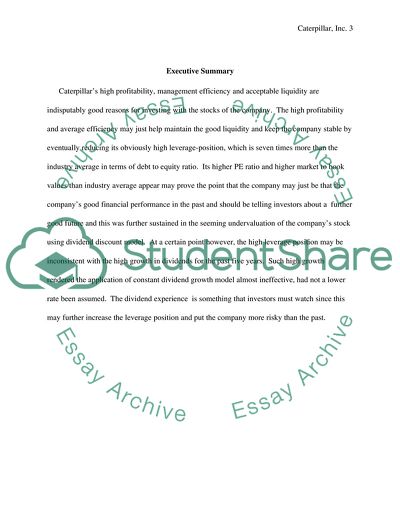Cite this document
(Fundamentals of Finance: Caterpillar, Inc Coursework, n.d.)
Fundamentals of Finance: Caterpillar, Inc Coursework. Retrieved from https://studentshare.org/finance-accounting/1744372-fundamentals-of-finance
Fundamentals of Finance: Caterpillar, Inc Coursework. Retrieved from https://studentshare.org/finance-accounting/1744372-fundamentals-of-finance
(Fundamentals of Finance: Caterpillar, Inc Coursework)
Fundamentals of Finance: Caterpillar, Inc Coursework. https://studentshare.org/finance-accounting/1744372-fundamentals-of-finance.
Fundamentals of Finance: Caterpillar, Inc Coursework. https://studentshare.org/finance-accounting/1744372-fundamentals-of-finance.
“Fundamentals of Finance: Caterpillar, Inc Coursework”, n.d. https://studentshare.org/finance-accounting/1744372-fundamentals-of-finance.


